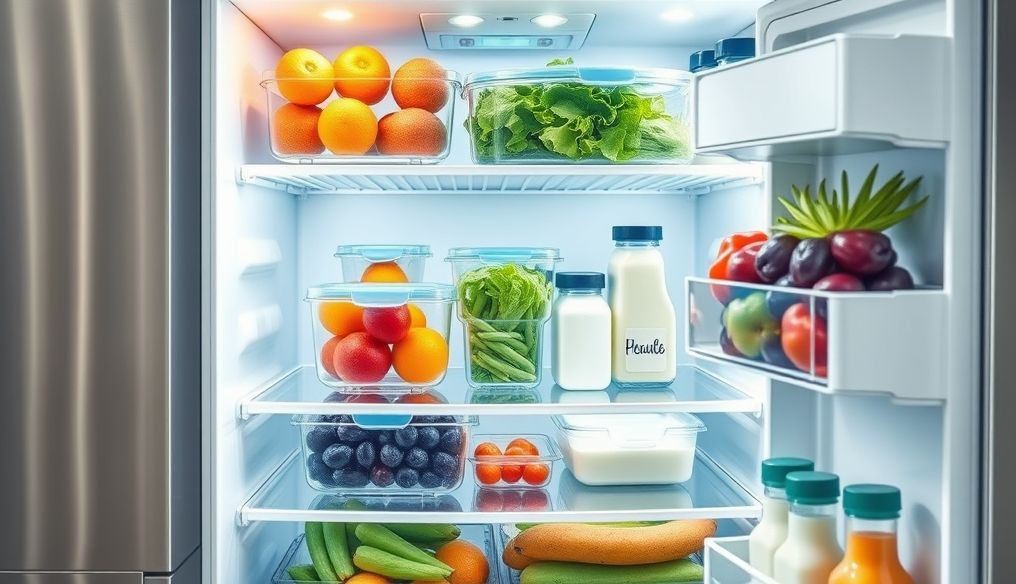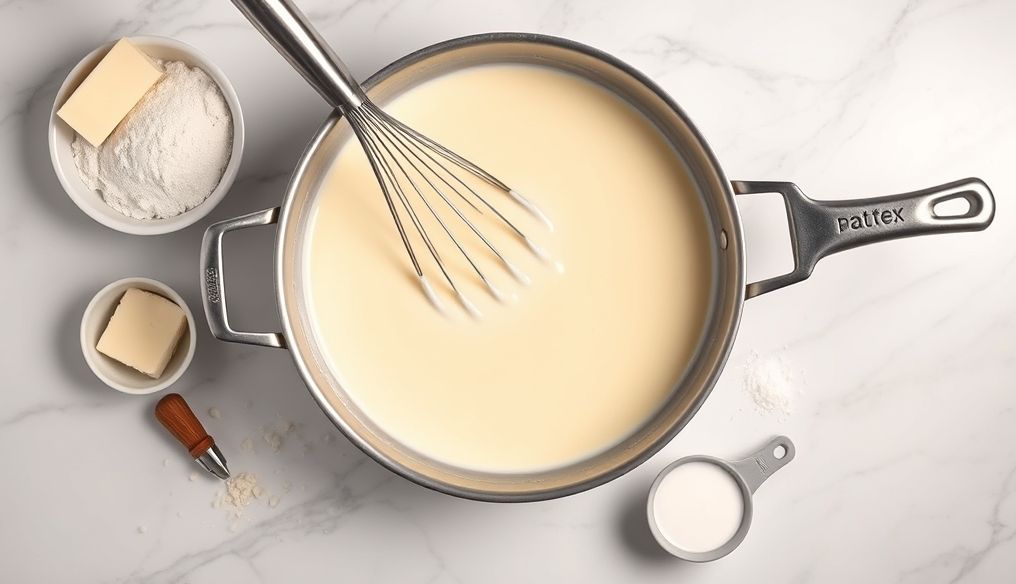Introduction: Why is Refrigerator Organization Important?
Did you know that about one-third of the food produced globally is wasted? A significant portion of this waste happens in our homes. The refrigerator, as the heart of the kitchen, plays a crucial role in reducing this waste. Organizing your refrigerator effectively not only keeps food fresh longer but also saves money and reduces negative environmental impact.
Chapter 1: Understanding Your Enemy: Causes of Food Waste in the Refrigerator
Before we start organizing, it's important to understand the common causes of food waste in the refrigerator:
- Lack of Visibility: Foods buried in the back are often forgotten until they spoil.
- Improper Storage: Storing foods in the wrong place or in unsuitable containers speeds up spoilage.
- Lack of Planning: Buying large quantities of food without planning meals in advance leads to a buildup of excess food.
- Ignoring Expiration Dates: Not paying attention to expiration dates leads to consuming food after it has expired or disposing of it prematurely.
Chapter 2: Tools Needed for Refrigerator Organization
Before you begin, prepare the following tools:
- Refrigerator Cleaner: To clean shelves and drawers.
- Transparent Storage Containers: In various sizes for storing leftovers, vegetables, and fruits.
- Labels and Pen: To mark containers with the storage date.
- Reusable Storage Bags: For leafy greens and fruits.
- Lazy Susan: To facilitate access to foods in the back.
Chapter 3: Step-by-Step: The Cleaning and Organizing Process
Step One: Empty the Refrigerator
Take everything out of the refrigerator. Dispose of any spoiled or expired food. This is a good opportunity to clean the refrigerator thoroughly.
Step Two: Clean the Refrigerator
Wipe down the shelves and drawers with a refrigerator cleaner. Pay special attention to stains and spills. Dry everything thoroughly before returning the food.
Step Three: Assess and Categorize
Assess the remaining food. Sort it into groups: dairy products, meats, vegetables, fruits, leftovers, etc.
Step Four: Allocate Storage Zones
Each part of the refrigerator has a different temperature. Use this knowledge to allocate appropriate storage zones:
- Top Shelves: Ideal for ready-to-eat foods such as leftovers and beverages.
- Middle Shelves: Dairy products and eggs.
- Bottom Shelves: Meats, poultry, and fish (to minimize the risk of contamination).
- Drawers: Vegetables and fruits (with humidity control).
- Refrigerator Door: Condiments, sauces, and beverages (warmer, so avoid placing perishable foods here).
Step Five: Use Containers and Labels
Place leftovers, vegetables, and fruits in transparent containers. Label each container with the storage date. This helps you keep track of how long the food has been stored and encourages you to consume it before it spoils.
Chapter 4: Advanced Tips for Storing Different Types of Food
- Leafy Greens: Wash and dry them thoroughly before storing them in reusable storage bags with a paper towel to absorb moisture.
- Fruits: Some fruits produce ethylene gas, which accelerates the ripening of other fruits. Store these fruits (such as apples and bananas) separately.
- Meats and Poultry: Store them in airtight bags on the bottom shelves to prevent juice leakage and contamination of other foods.
- Dairy Products: Keep them in their original packaging or in airtight containers to maintain their freshness.
Chapter 5: The "First In, First Out" Rule
Place older foods in the front and newer foods in the back. This simple rule helps you consume foods before they expire.
Chapter 6: Meal Planning and Reducing Over-Purchasing
Before going shopping, plan your meals for the week. Prepare a shopping list and stick to it. Avoid buying large quantities of food unless you are sure you will consume it before it spoils.
Chapter 7: Using Leftovers Creatively
Don't let leftovers go to waste. Be creative! Use them in other meals. For example, leftover roasted chicken can be used in salads or sandwiches.
Chapter 8: Track What's in the Refrigerator
Keep an inventory of what's in the refrigerator. This list can be paper or digital (using an app on your phone). Update the list regularly to track what you have and what you need to buy.
Chapter 9: Regular Refrigerator Checks
Set aside a few minutes each week to check the refrigerator. Dispose of any spoiled or expired food. Rearrange foods as needed.
Chapter 10: Leveraging Technology
There are many apps available that help you track food inventory, plan meals, and reduce food waste. Find the apps that suit your needs and use them regularly.
Conclusion: Organized Refrigerator = Healthy and Economical Life
Organizing the refrigerator is not just a routine household task. It is an investment in your health, your wallet, and our planet. By following the tips and strategies mentioned above, you can transform your refrigerator into a powerful tool for combating food waste and living a more sustainable lifestyle.




